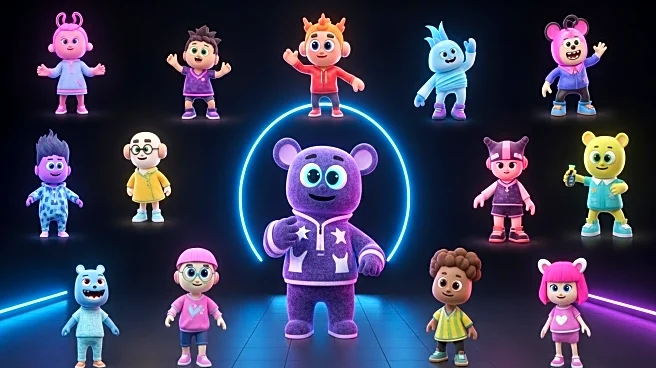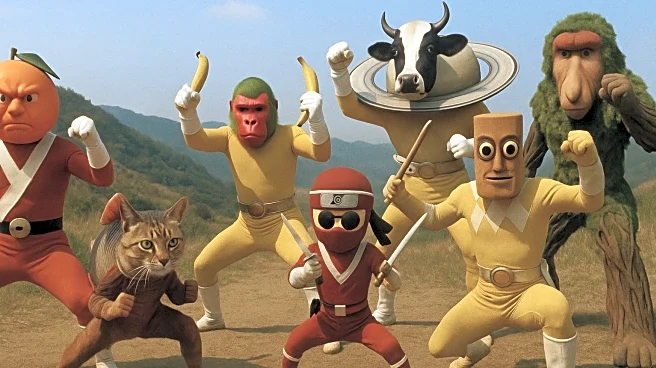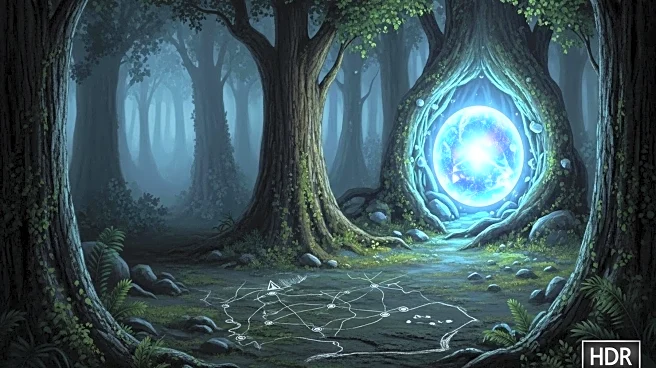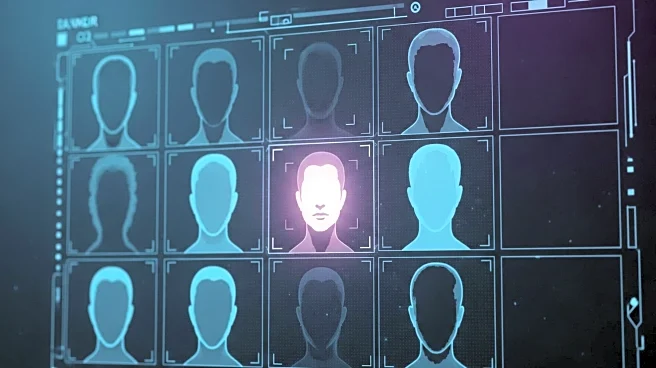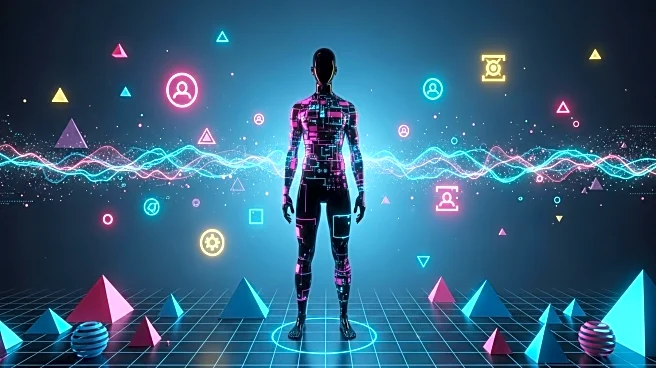What's Happening?
A new internet phenomenon known as 'Italian Brain Rot' has captivated tweens worldwide, featuring AI-generated characters like Ballerina Cappuccina, a cartoon ballerina with a cappuccino teacup for a head. These characters have gained immense popularity on platforms like TikTok, with Ballerina Cappuccina alone amassing over 55 million views. The trend involves absurdist, pseudo-Italian narration and unrealistic animal-object hybrids, appealing to young audiences who enjoy the nonsensical nature of the content. The trend has also extended into the gaming world, with popular games on platforms like Roblox incorporating these characters.
Why It's Important?
The rise of 'Italian Brain Rot' highlights the evolving landscape of digital entertainment and its impact on younger generations. It reflects a shift in cultural consumption, where absurd and ephemeral content resonates with Generation Alpha, those born between 2010 and 2025. This trend underscores the growing influence of AI in content creation and the potential for such content to shape pop culture. It also raises questions about the effects of digital media on youth, as concerns about 'brain rot' and the numbing of intellectual engagement become more prevalent.
What's Next?
As the trend continues to gain traction, it may lead to further integration of AI-generated content in mainstream media and entertainment. Content creators and platforms might explore new ways to monetize and expand these viral phenomena. Additionally, discussions around the ethical implications of AI in media and its impact on young audiences are likely to intensify, prompting potential regulatory considerations.
Beyond the Headlines
The popularity of 'Italian Brain Rot' could signal a broader cultural shift towards embracing nonsensical and surreal content as a form of escapism. It challenges traditional notions of media consumption and creativity, potentially influencing future trends in digital entertainment and storytelling.
